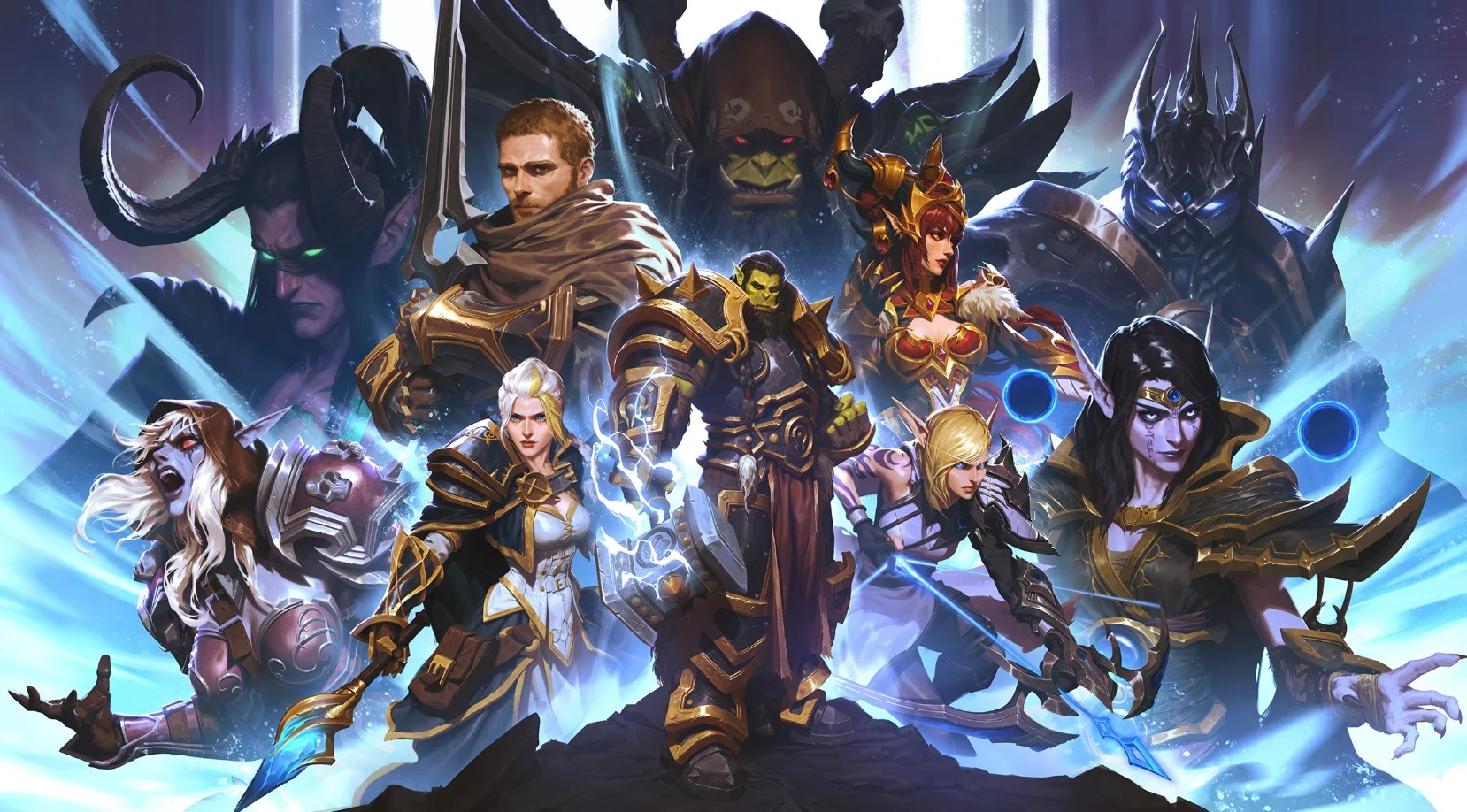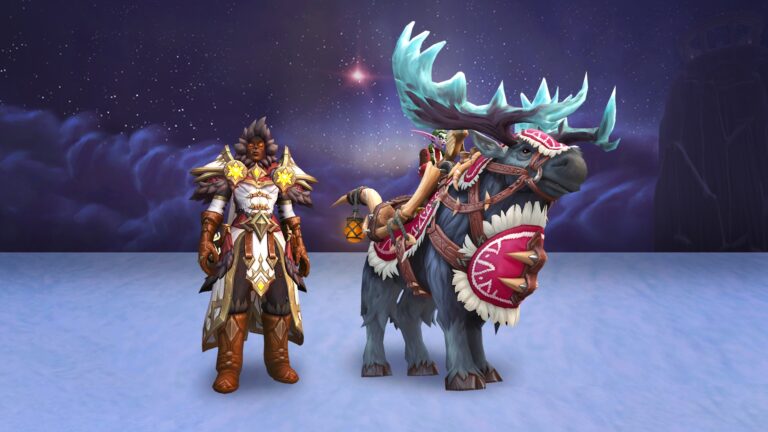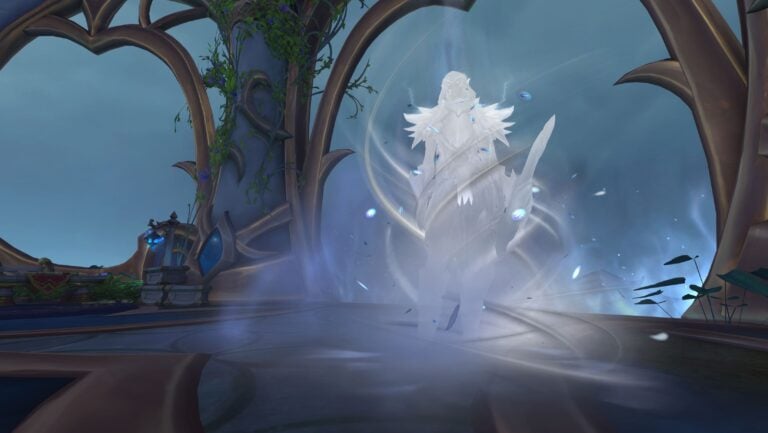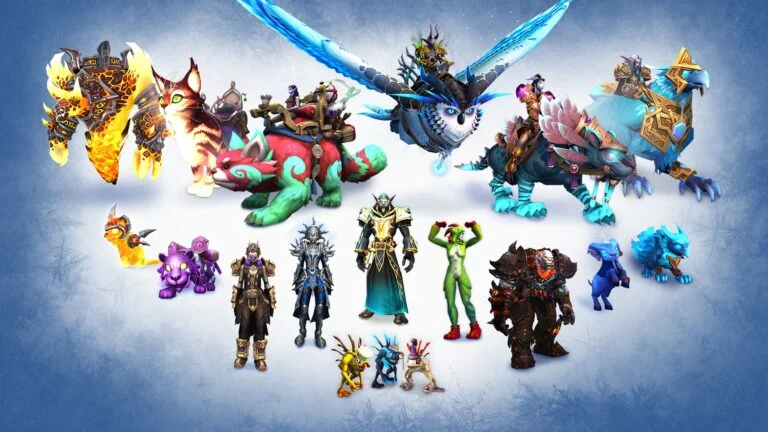Having good experiences and avoiding bad ones is one of the main problems in multiplayer games. Curating a group or list of friends is part of the journey and takes a while. Any system for this can also be hindered by inconvenience. Does it require manual effort or track interactions automatically? In WoW we have our friend list and ignore list as a basis for this. But can this be evolved without approaching the dreaded social credit score model?
A Concept That Never Made It Live
On Thursday, July 24, EjnarH on the gaming subreddit posted about his work on such a system for a now-canceled project.
My job is to psychologically manipulate gamers: As I’m leaving the game industry after 10 years, my greatest regret is that this system I made to fix toxicity got killed (by Putin).
byu/EjnarH ingaming
The post received over 10,000 upvotes and hundreds of comments with feedback in a short period.
The system was designed for matchmaking in a (PvE) MOBA. So the parallels to M+ or PUG raids are already showing. PvP can also be a use case for such a system, but it naturally comes with the feeling of sometimes fighting more than just the opposing team.
The Goals of the System
Before outlining his plan, he shared several goals he wanted to achieve with it:
- Players should not feel the pressure of having to prove their worth every game. This pressure seems to be a primary cause of toxicity when someone has a bad game.
- When party members are performing poorly, you should have reasons to support them socially and understand that they aren’t bad players, they’re just having a rough time.
- Provide a greater feeling of social safety in speaking with new people you meet.
- Provide social validation and conversation starters for new people you meet. Mutual friends can be even stronger bonding factors than shared experiences.
In WoW, we find examples of proving worth through established rating systems that often provide only basic evaluations. On the other hand, individual mistakes can happen even if a player is doing well on a global scale. Conversations can usually start over shared experiences or commonalities.
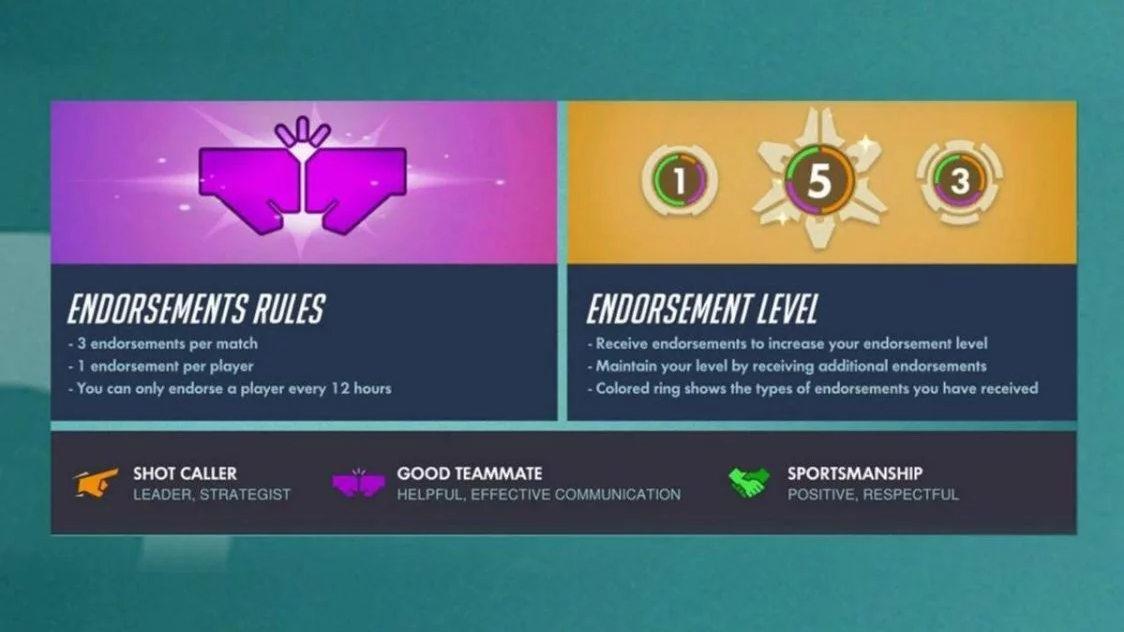
Building the System
His main inspiration comes from Overwatch. Anyone who has played it for a while or has watched a couple of matches is aware of the commendation system. A voting system that allows players to give positive feedback to others so they rank up while also climbing within the system by handing out commendations.
In his case version, he differentiates between types of feedback or the reasons for it. There is no negative feedback. It would be equivalent to receive no votes, which acts more as a limiter than direct negative signal.
The ranks aren’t strictly quantifiable and serve more as a proof of participation than a direct scoring metric.
In the early days of Mythic+ during the Legion expansion WoWProgress started with a similar Karma system for registered users of the site. The focus on it as well as on the page itself faded over time once Raider.IO with their rating system rose to prominence.
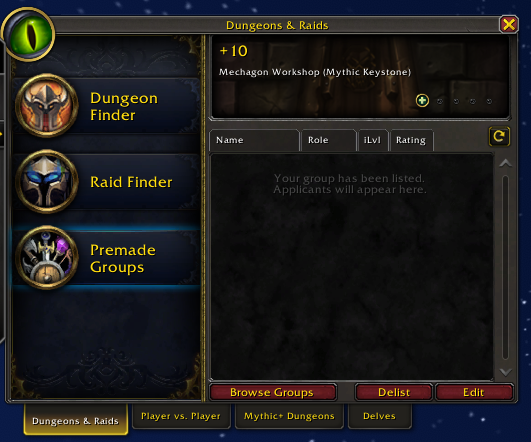
Expanding The System
Instead of just treating it as a more global barometer for encountering any player in matchmaking he now adds a personalized weighing system to it.
- Once you join a new group, you’re shown indicators if you’ve already interacted with these people.
- If players on your friend list have had positive encounters with your teammates before.
- Or if these players got commended by others that you gave commendations.
It adds more than just direct connections, it goes one step further. This way, your positive feedback helps forge a network based on your evaluations.
It becomes less of a global standardized score, which can often be meaningless. Instead it is more connected to your own experience and personal evaluation.
The dreaded concept of the “social credit system” feels like a scale welded on top of the game.
This system is based on your own experiences as well as your trusted social circles. It is a clearly personalized system. So even when bad plays happen the attitude towards these players is already pre-informed and dampens the chance of random outbursts.
Exponentially Growing the Strengths of the Web
It is hard to keep track of teams in 100s of groups and matches. Not only as a current track record but also as an ongoing progress.
Seasonal resets or personal breaks wouldn’t erase your progress in the system. Furthermore it is an anonymous indicator that doesn’t require an endless friend list since it is based on an expanded one. In WoW this would cover for cases where friends or cherished former team mates just happen to play on alts.
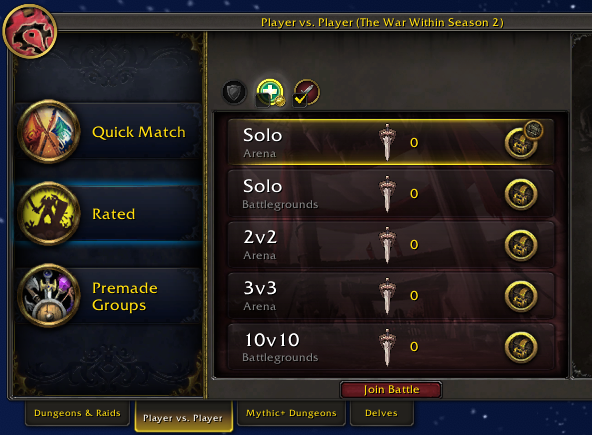
With automated matchmaking EjnarH’s concept would also weigh in the past experiences when facing evenly matched groups. In WoW this would fall into the PvP category of Solo Shuffle or Battleground Blitz.
The system builds onto itself just by the primary and secondary connections that develop over time. Completely random players are less common over time since the system is only adding more and stronger indicators of trust.
And ideally, it helps form new friendships that then build on and reinforce existing connections.
These friend lists and commendations can also help with finding and joining guilds.
Since it covers major aspects of the game, it has strong potential to accelerate community growth in a game where you don’t always track your acquaintances. The system rewards its use not just for the individual but improves with every additional participant.
A visualization would essentially show a personal web projected onto the global network of connections within the player base. Looking different for each account.
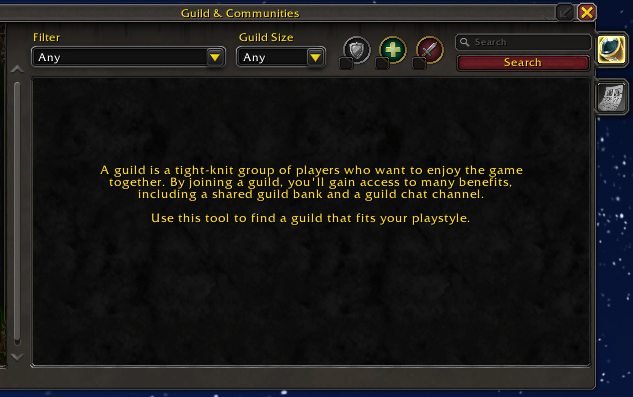
What Are the Negative Aspects?
Simply put: if you don’t use it, you’re more likely to play alone. Looking at WoW we know that a significant part of the player base is enjoying the solo gameplay in WoW. The concept builds on commendations in general. A friend list or participation in a guild only improve it.
So even if you casually interact with others, there’s a good chance of kickstarting your participation.
Another aspect would be turning it into a perceived numbers game. WoW already has a few basic evaluation systems. But over time the game has adapted a prominent cases from 3rd party sites. The M+ rating system comes to mind. The system could turn into a “degrees of separation” numbers game.
Numbers should never be the primary display method for a system like this. Maybe color grading can help.
It would show how close and well-established your connections are based on relationship strength. On a gradual scale from a muted tone to a saturated one.
How Well Would That Work in WoW?
EjnarH mentions that he got approached by teams that work with player bases within the millions. This is true for many Blizzard titles, especially when they are free to play.
But the speed at which this web builds and the strength of the connections also depends on how often commendations are given. Especially important is how large and consistent the participation pool is.
WoW PvP can have relativly short gameplay cycles outside of high-end rating. M+ and Raiding can take a lot longer.
And what about other types of player encounters? Can this trend towards quantifying the entire game in a certain way? Or should a system like this be restricted to pure matchmaking?
The article presents it more as a solution for clearly defined gameplay loops in specific genres.
It may be worth a look from the WoW development team, but it likely won’t fit easily into a large MMO.
